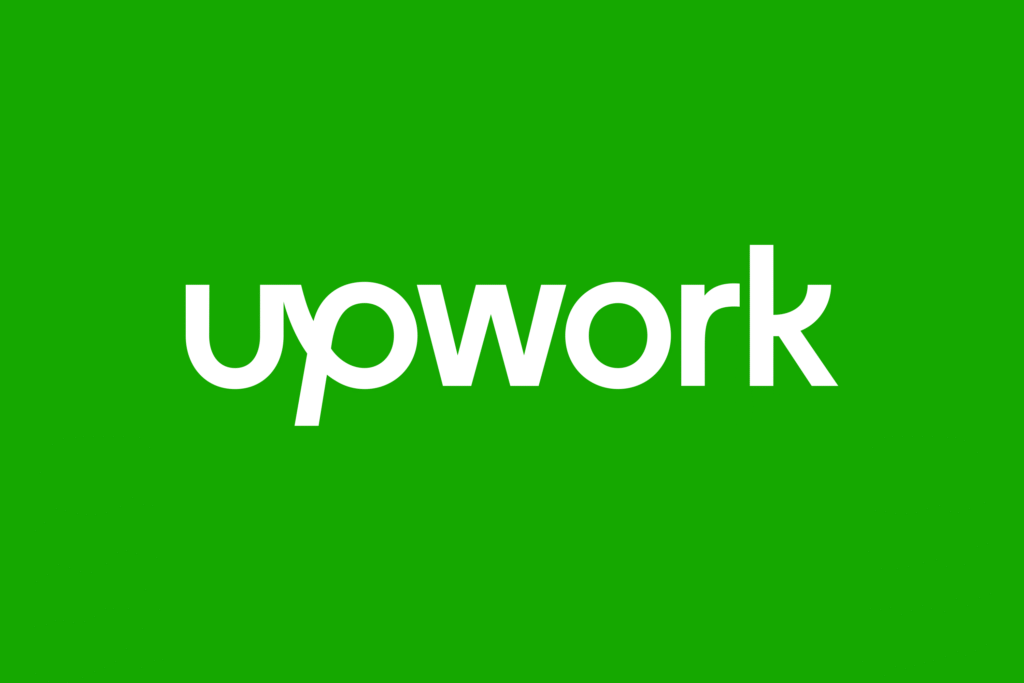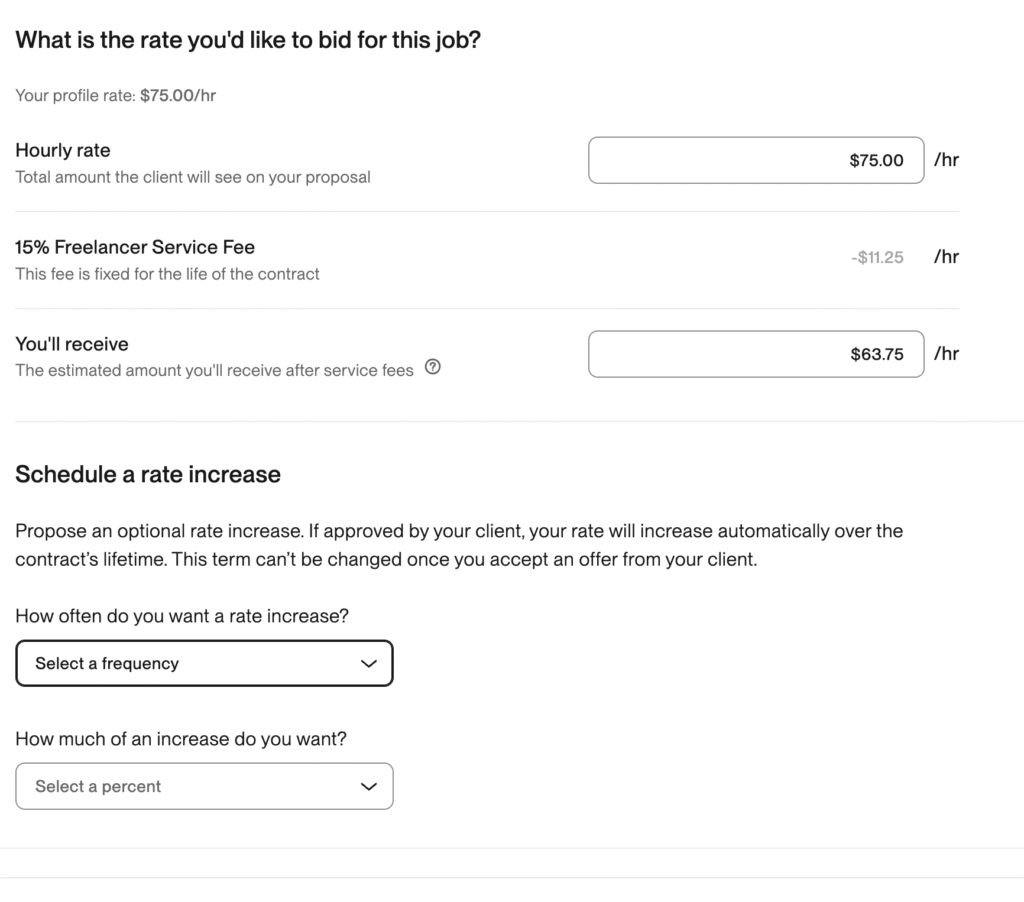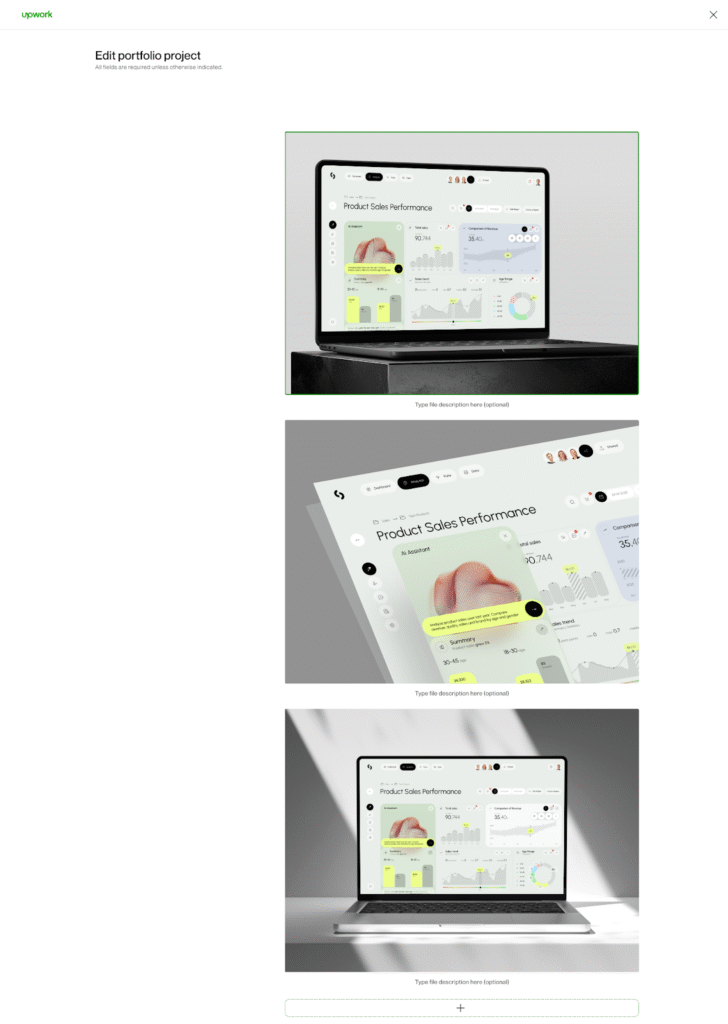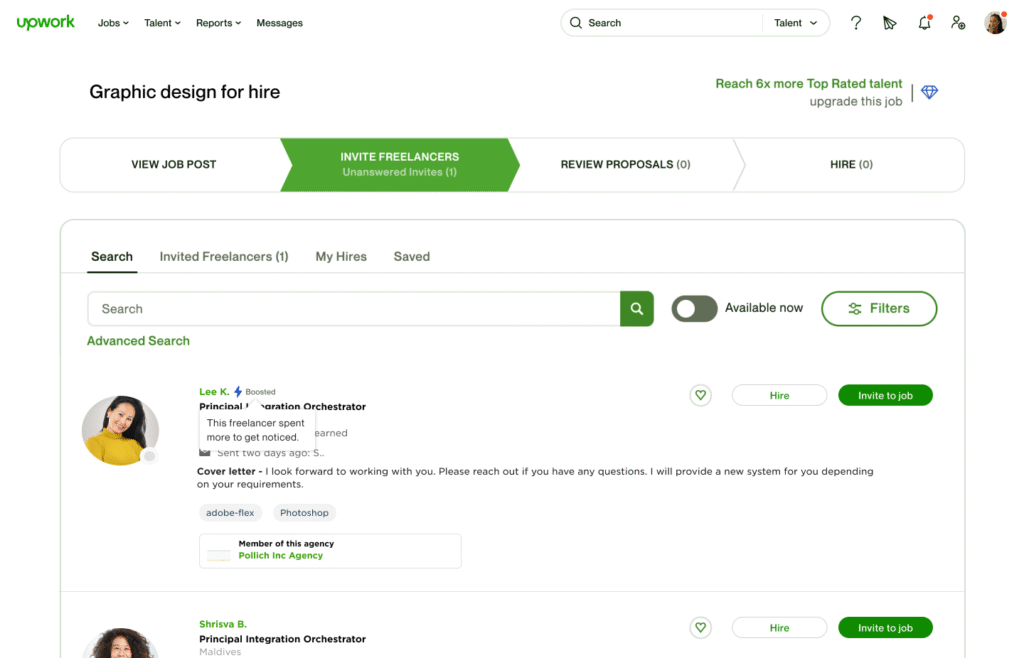Anyone who has tried can tell you that breaking into Upwork from Nigeria feels like trying to get noticed at a crowded Lagos market where everyone’s shouting louder than you. You send out proposals, burn through your connects and watch the silence stretch on. Days turn into weeks and you start wondering if this whole freelancing thing is just hype. But succeeding on Upwork as a Nigerian freelancer while difficult, is by no means, impossible.
Here’s what I’ve learned from digging into the experiences of Nigerian freelancers who’ve earned thousands of dollars on the platform.

The Pricing Trap Everyone Falls Into
When you’re starting out, that $5 per hour rate looks tempting. You think it’s your competitive edge, a way of standing out in a sea of global talent. But here’s the brutal truth, pricing yourself at rock bottom doesn’t just hurt your wallet, it destroys your credibility.
Clients on Upwork have seen it all. When they see a $5 rate, they don’t think “bargain.” They think “beginner who might disappear halfway through my project.” Low prices attract the worst kind of clients, the ones who haggle over every deliverable, demand endless revisions and leave mediocre reviews even when you’ve done good work.
Instead, start somewhere between $8 and $12 per hour. Yes, it’s still competitive, but it positions you as someone who values their skills. It’s at best an introductory pricing, not permanent pricing. After you complete two or three projects and get those crucial first reviews, bump it up. Your goal isn’t to stay cheap but to build a reputation that lets you charge what you’re worth.
Being a Jack-of-All-Trades Is Killing Your Chances
I know what you’re thinking: “But if I specialize, won’t I get fewer opportunities?” It’s counterintuitive, but the opposite is true. When you tell clients you can do everything, writing, virtual assistance, data entry, social media, graphic design, you become invisible. Besides, the client has to filter you through a larger pool of freelancers. Instead of commanding a niche with say, 10 freelancers, you find yourself competing with 100 other “I do everything” freelancers and the client has no reason to pick you.
But when you position yourself as a market research analyst who specializes in competitive intelligence for SaaS startups? Suddenly you’re not competing with fifty people. You’re competing with maybe ten. The client looks at your profile and thinks, “This person gets my exact problem.”
Your niche isn’t a prison, it’s a marketing position. You can still apply to other jobs. You’re just not leading with the “I do everything” approach that makes clients scroll past your profile without a second glance.
Here’s a practical example: instead of calling yourself a Virtual Assistant, try Real Estate Virtual Assistant specializing in MLS data entry and cold calling. Instead of just Content Writer, go with SaaS Content Strategist focused on product marketing and customer education.
See the difference? One blends into the background. The other makes a client stop and think, “This might be exactly who I need.”

The Timing Strategy That Changes Everything
This is where being in Nigeria actually becomes an advantage, not a disadvantage. Most Nigerian freelancers don’t realize that our time zone, West Africa Time, puts us five to six hours ahead of the US East Coast. This isn’t just trivia. It’s strategic gold.
Here’s how one freelancer described his breakthrough: he realized his typical prospective clients were asleep when he was awake and active when he was asleep. So he flipped his schedule. He became what he calls a “Nightwolf” and started staying up when his US clients were posting jobs, which meant being active from around 7 PM to 2 AM Nigerian time.
The results? Less competition and more responses. Think about it: when a job gets posted at 2 PM Nigerian time (9 AM US Eastern), you’re competing with the entire global freelance workforce. But when a job gets posted at 9 PM Nigerian time (4 PM US Eastern), you’re among the first five to ten applicants. By the time morning comes and everyone else wakes up, you’ve already had a conversation with the client.
You don’t have to completely destroy your sleep schedule, but being strategic about when you apply makes a massive difference. The sweet spot is between 7 PM and 11 PM Nigerian time for US clients, and between 10 AM and 2 PM for UK and European clients.
Quality Always Triumphs Over Quantity
When you’re desperate for that first job, it’s tempting to apply to everything. You see people bragging about sending thirty proposals a day and you think that’s what success looks like. It’s not.
Here’s a better approach: send two to four carefully crafted proposals per day. Each quality proposal should take you fifteen to twenty minutes to customize. That’s thirty to eighty minutes of focused work daily that is sustainable, strategic and effective.
Why does this work? Because 100 connects on Upwork costs about $15 or N22,500. If each proposal costs four connects, you have 25 chances before running out of connects. When you’re selective and intentional rather than just using trial and error, you’re forced to think strategically about which jobs actually match your skills and which clients seem serious.
One successful freelancer shared her evolution: during her first two weeks, she sent ten to fifteen proposals just to learn the platform and test what worked. By weeks three and four, she’d refined her approach to fifteen to twenty proposals, while also tracking which job types got responses. After two months, she was down to ten to fifteen proposals per week but with a much higher interview rate. The goal isn’t volume but precision.
Your Profile Is Your Storefront
Too many freelancers rush through profile creation like it’s a formality. It’s not. Your profile is doing 80% of the selling before you even send a proposal. When a client receives your pitch, they immediately click through to your profile. If it’s half-finished, generic or unclear, they’re moving on to the next freelancer.
Your headline matters more than you think. “Research & Writing Professional” tells a client nothing. “Market Research Analyst | Competitive Intelligence for B2B SaaS Companies” tells them everything. Be hyper-specific, not generic.
When you’re starting with zero reviews, credibility feels impossible. But you can build it. Take Upwork’s skill tests; they’re free and they badge your profile. Create two or three portfolio samples even if they’re mock projects. “Sample Market Analysis for E-commerce Startup” or “Competitive Research Report Template” shows clients what you can do. Just be honest that they’re samples, not paid client work.

The First Job Strategy Nobody Talks About
Your first job is the hardest to get. Period. One designer shared her strategy: she applied for big jobs, small jobs, flat-rate jobs, hourly jobs, even low-budget jobs. She wasn’t worried about making serious money on that first project. She just needed a job that matched her skills and could be completed quickly so she could get that first five-star review.
When she finally landed a $10 logo vectorization project, she treated it like it was a $1,000 contract. She delivered fast, she over-communicated, and she asked for a review. That single five-star review changed everything. Her second job came just two days later, and she didn’t have to do any preliminary work to win it. The review spoke for itself.
Here’s the controversial part: for your very first project, consider targeting something in the $50 to $150 range that you can knock out of the park quickly. Not because that’s what you’re worth, but because reputation is everything on Upwork. Once you have three to five solid reviews, you can start being picky about rates and projects.
Writing Proposals That Get Responses
Generic proposals are where connects go to die. Take it or leave it. Clients can smell a copy-paste job from a mile away or something thoughtlessly generated by AI, and they immediately move on. Your proposal isn’t about you, it’s about the client and their problem. Your proposal should show that you understand the problem enough to be able to say you can solve it.
Start by addressing the client by name if you can find it in their reviews or profile. Get straight to the point in your opening sentence. Skip the “I hope this message finds you well” fluff. Jump right into showing you understand their specific problem.
One freelancer shared his transformation with us: he used to send templated proposals and got nothing. Then he started writing each proposal specifically for the job he was applying to. He’d look at the client’s requirements, highlight their main pain points, and explain how he’d approach their exact problem. The structure stayed similar, but the content was always tailored. His interview rate exploded.
Keep it short, at most, 150 to 200 words maximum. Focus on value, not your resume. End with a clear call to action, like asking a relevant question about the project or suggesting a quick call to discuss details.
Lower Your Expectations
Let me give you the numbers nobody wants to talk about. In your first thirty to sixty days, expect to send ten to fifteen proposals for every interview you get. Expect to do three to four interviews for every job offer. That means you’ll likely send thirty to fifty proposals before landing your first gig, which typically takes four to six weeks.
This isn’t failure. This is normal. The freelancers who succeed on Upwork aren’t necessarily the most talented, they’re the ones who don’t quit in week three.
One designer took almost two weeks of daily applications before landing her first contract. Another freelancer spent two months building his profile and testing different approaches before things clicked. They didn’t succeed because they were special, they succeeded because they outlasted everyone who gave up too soon.

Be Open to Playing the Long Game
Upwork isn’t a get-rich-quick scheme. It’s a reputation-building platform that rewards strategic positioning, consistent effort, and patience. Your first month is about learning the platform and landing that first review. Your second month is about completing a few projects and refining your approach. By months three and four, you should have three to five reviews and a clearer sense of which types of projects fit your skills. By months five and six, if you’ve been consistent, you’ll start seeing steady workflow. Clients will begin inviting you to projects instead of you always hunting for them. That’s when you know the system is finally working.
The version of you who gives up after twenty proposals won’t see results. The version who commits to ninety days of consistent, strategic effort will be the one sharing success stories. Start today. Apply to two jobs. Do it again tomorrow. Check back in ninety days. I guarantee you’ll be in a completely different place.












